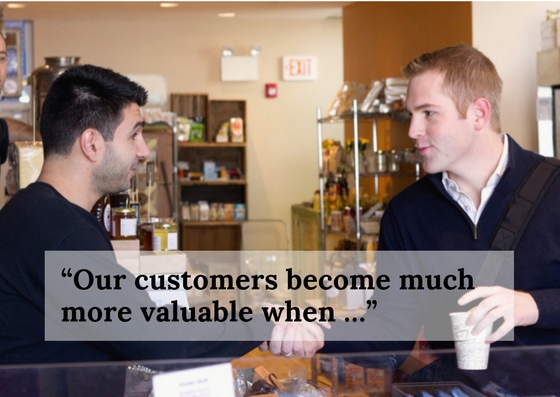Customers as Value-Creating Partners, Not Just Value-Extraction Targets
What is a customer anyway? According to the definition you get when you type the term into Google, a customer is “a person or organization that buys a good or service from a store or business.”
This is a very one-sided view of a customer — let’s get the money from customers, as much as we can. Sure, we give them value in return. But mostly, customers are the cow and brands are trying to pump them for as much milk as they can.
However, in the Harvard Business Review article What Most Companies Miss About Customer Lifetime Value (an article I’m reading as part of the Communicating Value and Web Conversion graduate certificate program form the University of Florida and MECLABS Institute), Michael Schrage insinuates a very different definition.
Customers as members of a company’s value-delivery ecosystem
In the article, Schrage, a research fellow at MIT Sloan School’s Center for Digital Business, explains workshops he runs with companies where he asks them to answer the question “Our customers become much more valuable when …”
photo courtesy: Didrik, Creative Commons, Flickr
Here’s what really stuck with me about the exercise: “It doesn’t take long before the answers start to incorporate an investment ethos that sees customers more as value-creating partners than as value-extraction targets,” Schrage said.
How do customers add value? Everything from providing feedback, to word-of-mouth marketing, to being early adopters for new products.
However, I would argue that customers must first be satisfied before they are willing to engage in any of these activities.









